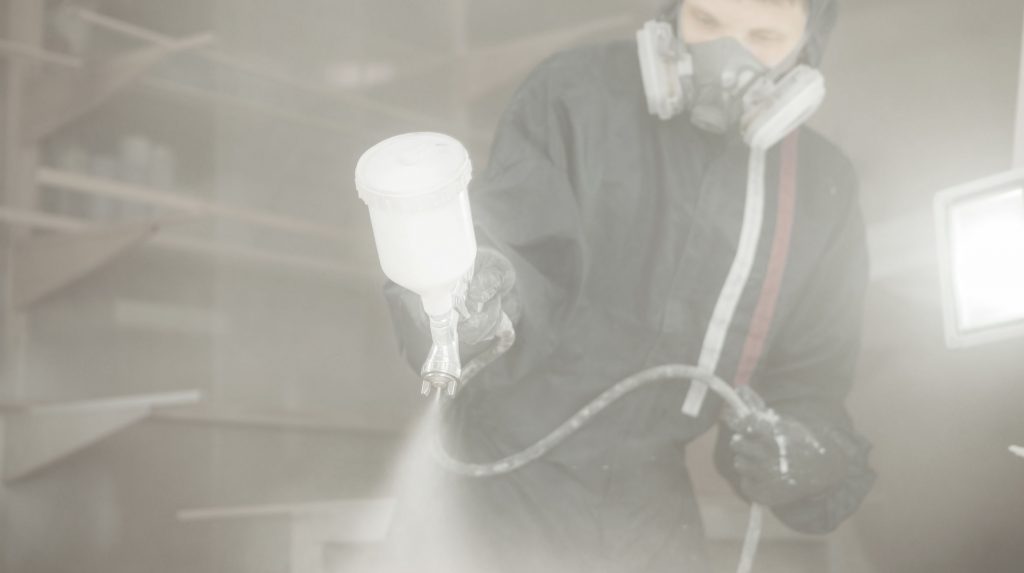In two separate events, two workers fell unconscious and later died as a likely result of acute exposure to organic solvents, highlighting the serious health and safety risks of using organic solvents in enclosed spaces with poor ventilation and lack of personal protective equipment

One incident occurred when a worker was applying a UV treatment to windows. The other incident occurred when a worker was applying adhesive while carpet-laying. Both the UV treatment and adhesive contained organic solvents.
These incidents highlight the risks for workers (and others) when effective controls are not in place and safety procedures are not followed when working with organic solvents in enclosed spaces with poor ventilation and lack of personal protective equipment.
In these circumstances, short-term exposure to very high levels of organic solvent vapours can cause headache, dizziness and light-headedness, progressing to unconsciousness, and death.
What are organic solvents?
For every person who dies in New Zealand of a work-related accident, 10 people die from a work-related disease. Organic solvents are a major cause of these diseases.
Organic solvents (eg toluene, thinners and MEK) are used to dissolve or disperse other substances.
Organic solvents are used in many construction and manufacturing workplaces. You can find solvents in a wide range of products including:
- adhesives (cyclohexane, acetone, toluene)
- paints and lacquers (toluene, xylene, methyl ethyl ketone)
- degreasers (trichloroethylene, perchloroethylene)
- printing (turpentine, white spirits, xylene)
- cleaning products
- metal cleaners
- ink
- resins
- rust removers
- surface preparation products
- fuels
They can enter the body, mainly through inhalation of vapour and through direct skin contact, and into the bloodstream where they can cause adverse health effects.
Organic solvents readily evaporate in the air at normal temperatures. Therefore, high levels of solvent vapours can build up quickly in enclosed spaces with inadequate ventilation and when room temperatures rise (eg small rooms or a shed on a hot day). If solvents are also absorbed through the skin as well as inhaled, the total exposure may be much higher.
Short term health effects can include headaches, nausea, eyes, nose, throat and skin irritation, disorientation, feeling drunk/high, drowsiness
Long term health effects can include mood changes, memory problems, concentration difficulties, tiredness, weakness.
WorkSafe’s advice
Before starting work using organic solvents, PCBUs must complete a risk assessment and review their controls.
It is important to consider eliminating the use of organic
solvents by:
- using solvent-free materials.
If this is not possible then exposures can be minimised by:
- substituting use chemicals with less toxic ingredients or water-based solvent substitutes
- mechanical ventilation to increase the amount of fresh air into the work area
- increasing natural ventilation by opening doors and windows
- working outside in the open.
Further minimisation controls include:
- keeping lids on containers to prevent solvents evaporating
- disposing solvent-contaminated rags in sealed metal containers
- using only the minimum amount of solvent required for the job
- scheduling working with solvents during cooler periods of the day and/or when fewer workers are nearby
- never using solvents to remove paints or grease from skin.
As a last resort, use the appropriate personal protective equipment:
- use a suitable respirator with the appropriate organic vapour cartridge filters for the solvents used
- ensure the respirator is fit-tested for the worker, cleaned and maintained properly
- wear suitable coveralls and gloves to protect the skin.
Click here for further information and guidance




